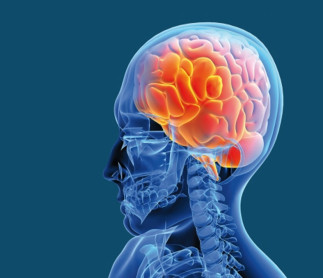ANNULÉ - Séminaire présenté dans le cadre du Doctorat en informatique cognitive
Conférencier:
Vladimir Reinharz is an Assistant Professor of computer science at UQAM. He develops models to understand the interplay between RNA sequence and structure. In particular he uses graph representation of RNA sub-structures to understand the modular architecture and evolution of RNA functional conformations. He also develops numerical mothods to model viral infections with and without treatment.
Résumé:
RNA molecules fulfill a large amount of fundamental tasks in every living organism. To achieve this vaste array of functions, from transmitting information to biological sensors, they rely on complex three-dimensional structures. A low level representation that only considers canonical base pairs, called the secondary structure, has mathematical properties making it suitable for study under a Boltzmann ensemble framework. Dynamic programming algoruthms have shown to be particularly adept to understand the link between secondary structure and sequence ni that framework. Yet this is not enough to fully grasp fine networks of interactions, critical to the function, that are not captured by the secondary structure.
The Leontis-Westhof annotations of non-canonical interactions classifies all interactions beyond those in the secondary structure. This ontology allows to represent RNA molecules in much more details, and can then be described as directed graph with labelled edges. The discovery of conserved sub-structures can be transposed to the problem of maximal edge sub-isomorphismes. While classically NP-hard, we can take advantage of structural properties to restrain the ensemble of admissible graphs. In this talk, I will present the algorithms we developes for that case and interesting results that where obtained. I will show utilities we offer to the community to analyze known and new strutures, through our website carnaval.lri.fr .
In particular, I will highlight the hierarchical organization of sub-structures, and how they are spread over vastly different functions. I will speculate briefly over the role of chemical-modifications and future work.
Le séminaire sera présenté en français

